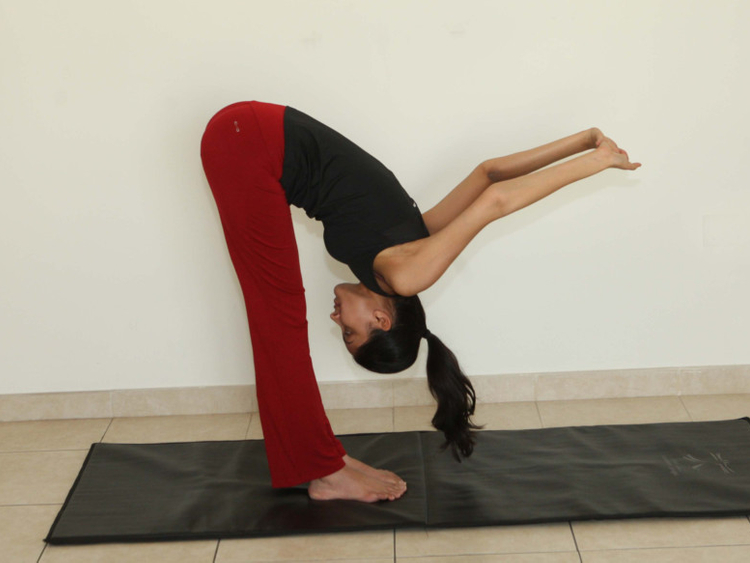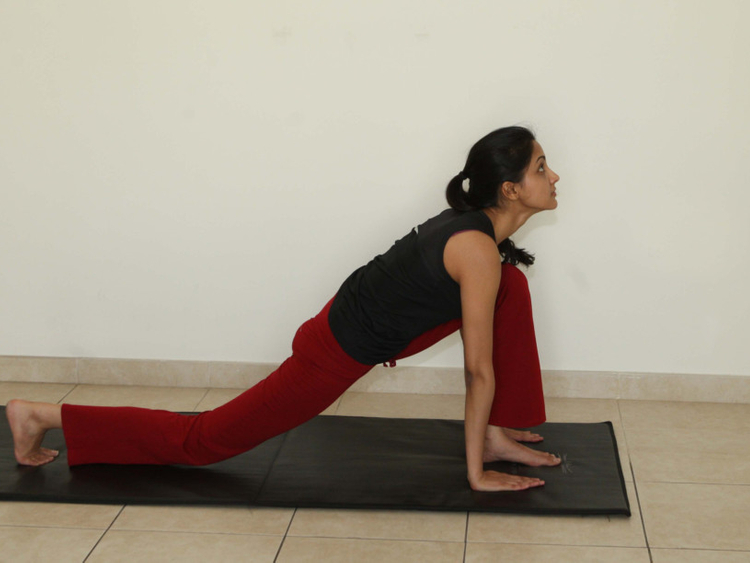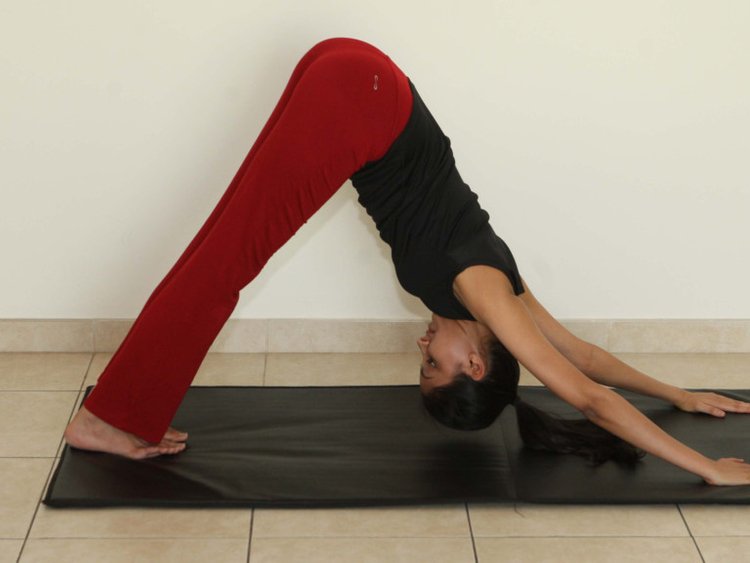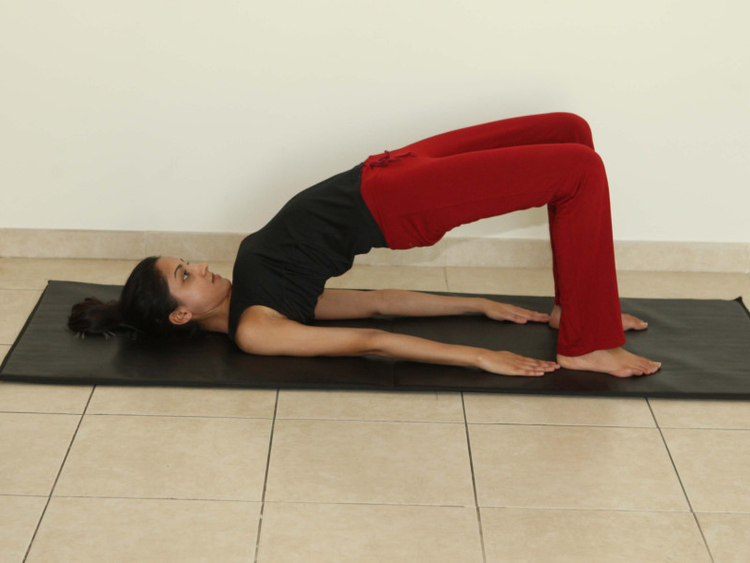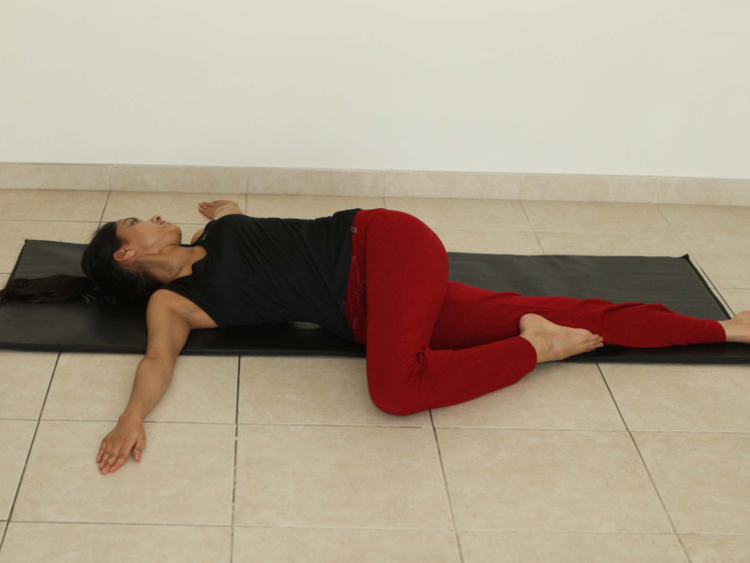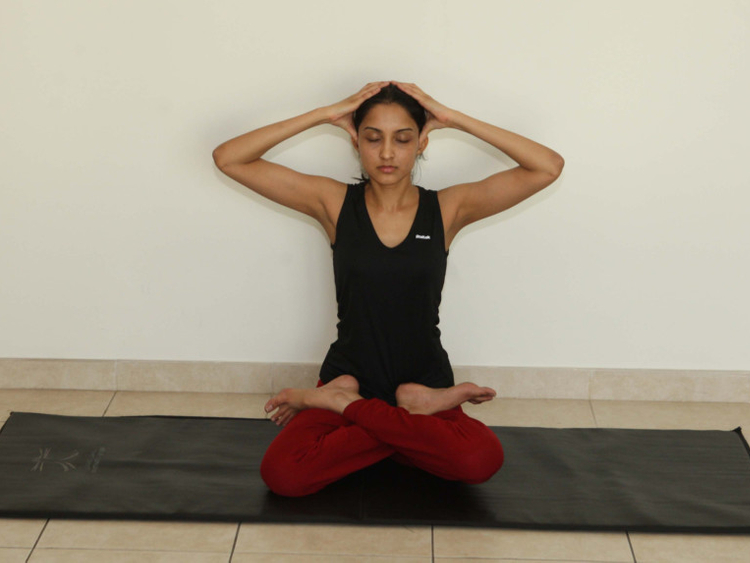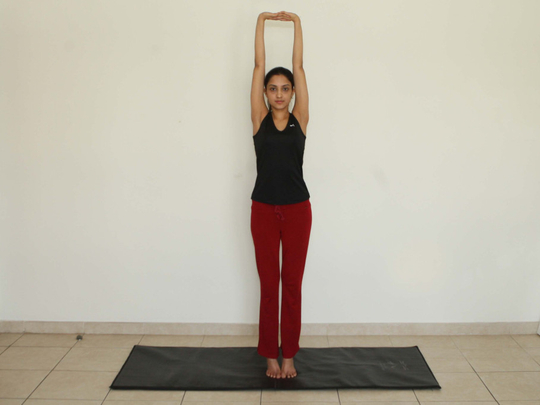
Nada yoga is an aspect of yoga which explores consciousness through the use of nada or sound. The vibrations of the sounds (such as aaa, eee, ooo) create a soothing effect on the mind and nervous system and attune the practitioners with their true nature.
Research has shown that Bhramari Pranayama (humming bee breath) has a strong tendency of improving or balancing the autonomic nervous system through enhanced activation of the parasympathetic drive (rest and digest response).
In the parasympathetic drive, stress levels drop, immunity gets a boost, decision making and creativity are enhanced. It also makes one feel peaceful. Thus Bhramari Pranayama can be practised for mental relaxation and reduction of stress of daily life.
Technique
Sit in a comfortable meditation asana (posture). The spinal cord should be erect, the head straight and the hands resting on the knees. The ideal posture for this exercise is Padmasana (lotus posture).
Lips should remain gently closed with teeth slightly separated throughout the practice. This allows the sound vibration to be heard and felt more distinctly in the brain. Make sure the jaws are relaxed.
Raise the arms sideways and bend the elbows, bringing the hands to the ears. Use the thumb to plug the ear. The flaps of the ears may be pressed without inserting the thumbs while the rest of the fingers are placed on the head.
Bring the awareness to the centre of the forehead, between the eyebrows and keep the body absolutely still.
Breathe in deeply through the nose. Exhale slowly while making a deep, steady humming sound like a bumble bee. The sound should be smooth, soft and mellow, and continuous for the duration of the exhalation, making the front of the skull reverberate. This is one round. Perform 5-10 rounds which are sufficient at the beginning.
Slowly increase to 10 to 15 minutes. In case of extreme stress or anxiety, practise for 20 minutes.
Though Bhramari may be practised at any time to relieve mental tension, providing the surroundings are quiet and peaceful, the best time to practise this is late at night or early in the morning.
Benefits
Bhramari relieves stress and cerebral tension, alleviating anger, anxiety and insomnia, and reducing blood pressure.
It speeds up the healing of body tissue and may be practised after operation or surgery.
It strengthens and improves voice and eliminates throat ailments.
It induces a meditative state by harmonising the mind and directing the awareness inwards.
Contraindications
Bhramari should not be performed while lying down. People suffering from severe ear infections should not practise this pranayama until the infection has cleared up.
Practice of the week
Practising the flowing set of postures followed by Bhramari Pranayama is a good way to end a tiring and stressful day.
Begin with 12-15 sun salutations to loosen up and release tension from the body.
Tadasana
Dwikonasana
Ashwasanchalanasana
Adho Mukha Svanasana
Kandharasana
Merudandasana
Shavasana
Bhramari
Next week: Yoga to manage hypertension
— This is an interactive series, in which we will bring you practical tips
on daily living, inspired by the vision of yoga. Write in to tabloid@gulfnews.com with your questions and doubts regarding enhancing your lifestyle through yoga. For more information, call 800-YOGA (9642) or log on to artisticyoga.com



